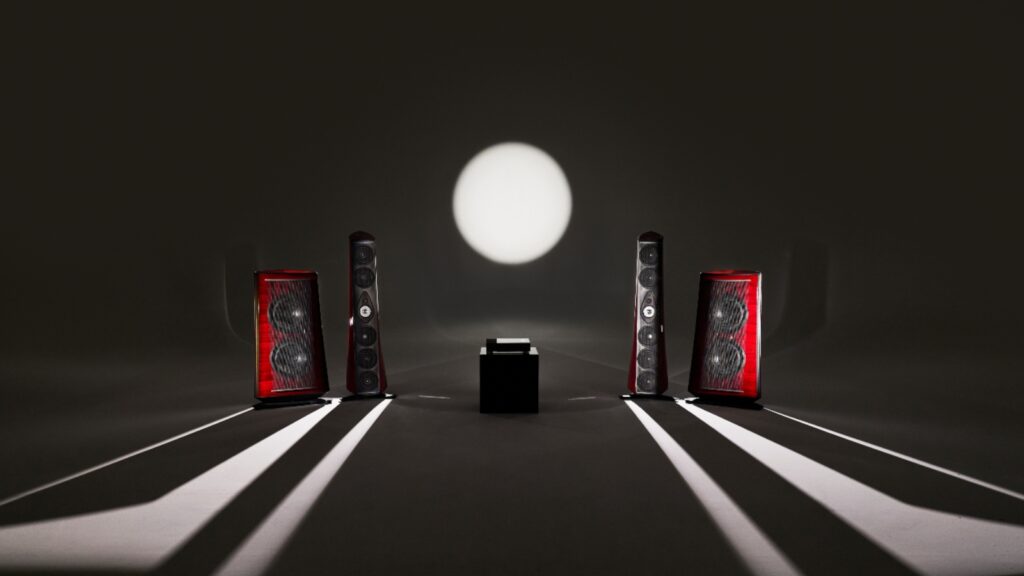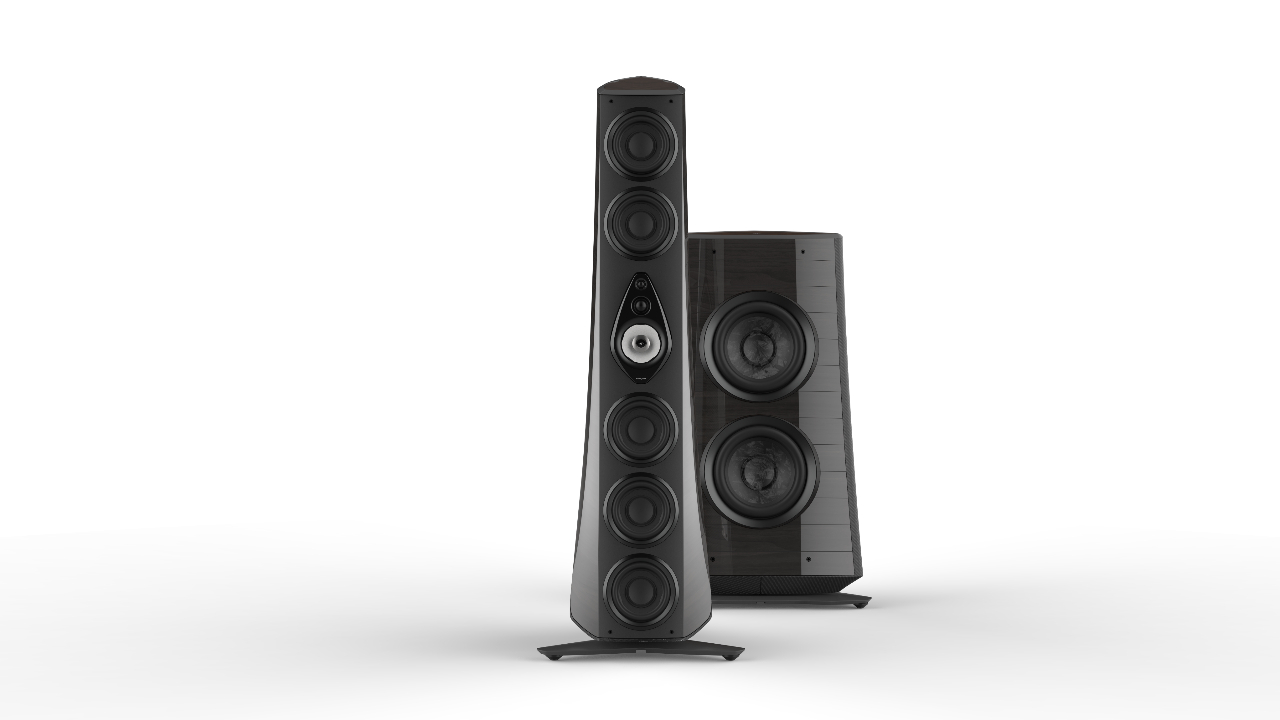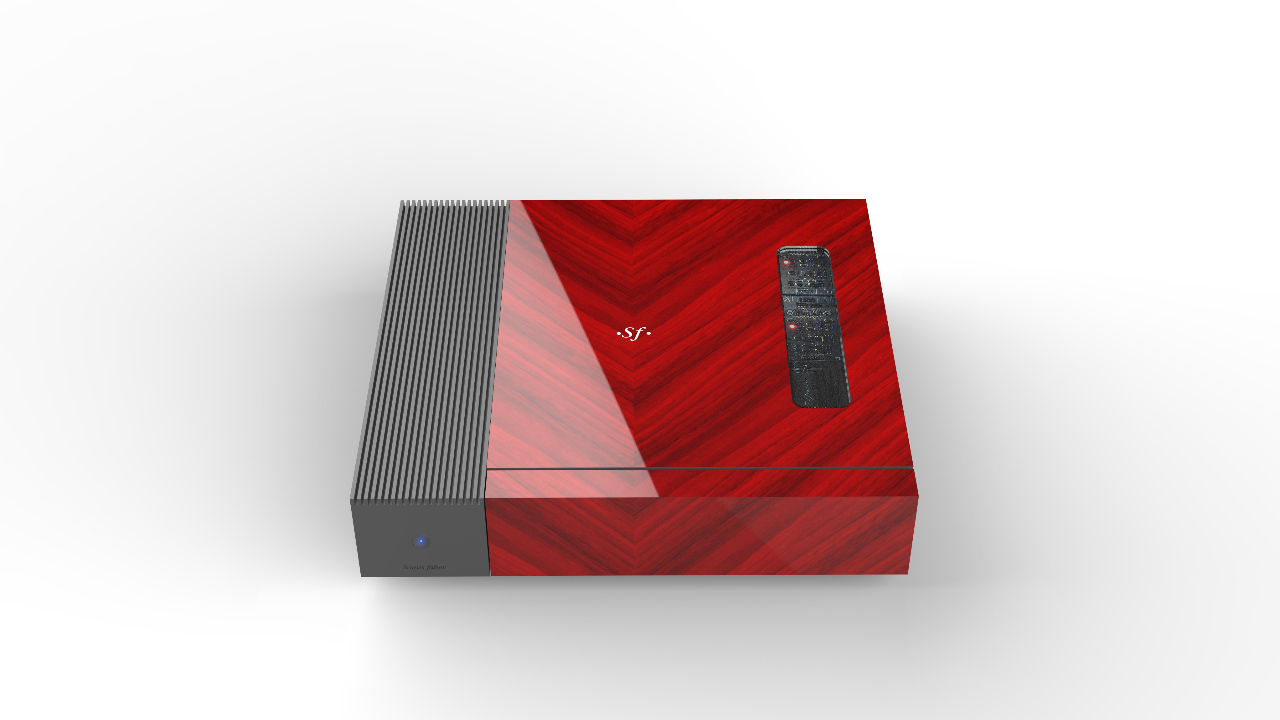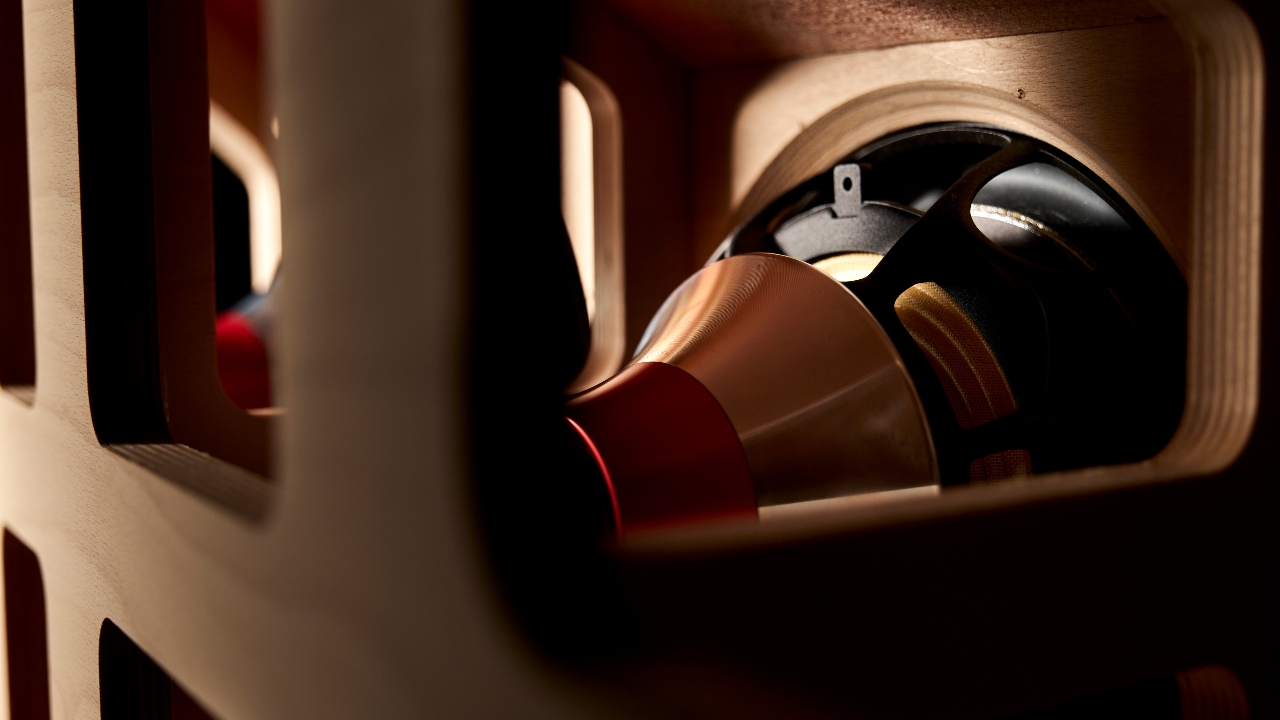Suprema, Sonus faber’s statement speaker system, traces its lineage to a fecund era of the American high-end audio scene, whose midwife was the uncompromising Harry Pearson. HP, a huge fan of classical music, regularly attended live performances and had wanted to capture and reproduce the experience of the best orchestras in the finest concert halls at home. His inquiries into the nature of live and reproduced sound were epic sustained discourses on music, listening, recordings, audio equipment, and the then cottage high-end industry. That they appeared irregularly made you want to read them even more. Rigorous to a fault, he never settled on pat conclusions, or any conclusion, for that matter.
HP pursued the live music experience, what he called the absolute sound, as his life’s work. His original reference speaker of choice was telling: the four-piece ensemble of the Infinity IRS V continues to be a template for cost-no-object speakers. Until we get to hear it, Robb Report Malaysia’s best guess is that the Suprema is among the worthy bearers of this particular torch.
We already have an inkling of its flame, thanks to Harry, for whom high-end sound reproduction was distinguished by the widest dynamic range, the effortless sweep from pianissimo towards fortissimo and quietly back again, as well as a frequency range encompassing the eight octaves of a full orchestra, all from his preferred middle row of the hall.
By dint of their shape and size, each concert hall is a space with its own acoustic signature that, in turn, influences the sound of an orchestra, itself unique, as well as the experience of the music it performs within it. You could say the overall voicing or timbre of the orchestra and its performance of a composition are shaped by the space it calls home.
From this understanding, HP coined the term ‘soundstage’ to describe the ability of a high-end audio system to reproduce the dimensionality of music and the ambience of a concert hall—the locations of each section of the orchestra, their musicians, soloists, and the ‘air’ between and around them, from the perspective of the audience. The successful reproduction of the complex and organised whole, which HP referred to as the music’s ‘gestalt’, was for him the hallmark of high-end audio, all parts of which appear to have been carefully considered for the Suprema’s design as a matter of course.
A brief technical note to introduce the handsome look and proportions of the Sonus faber Suprema: different types of transducers (cone woofers, dome tweeters, ribbons, membranes, stators, etc) are needed to optimally reproduce bass, midband, and high frequencies; no single type converts the entirety of the electrical music signal into audible vibrations equally well and all have implications for the final size of the speaker design, not least exotic types.
The Suprema’s two pairs of speakers use the well-developed technology of conventional cone woofers and dome tweeters to separately handle different ranges of the frequency spectrum, from subsonic (16 Hz) to ultrasonic (40 kHz), below and above the threshold of human hearing, but which are increasingly understood to affect the audible spectrum. These are made from paper and silk for the critical midrange and upper frequencies—treated organic materials whose similar timbre fall naturally to the ear and can be voiced to sound all of a piece. Stiff carbon is used for the foundational low-frequency drivers.
Notably, the speakers are sealed-box designs, not ported (which augments bass range and output but can slow tempo and rhythm). The lack of a port allows them to be flexibly located where they do not excite but couple effectively with the acoustics of the listening space, to energise it and disperse a wider range of frequencies more evenly, to the benefit of bass definition and timing (which is everything).
The use of multiple smaller woofers and tweeters, here in double-cone, dome, and doubled-up driver-motor form, increases their range and power handling capacity, and smoothens transitions from one frequency band to its next. Such details are not just for nerds—they make the Suprema’s four pieces into relatively compact, fit-for-purpose fine furniture more likely to be bought, used, and enjoyed.
It can’t have been easy to develop electroacoustic engineering solutions for the twinned objectives of ultimate audio reproduction and a no-frills renaissance aesthetic in a package smaller than the average audiophile dinosaur intended for use in a man-cave unfit for human habitation. In the end, what matters is, if the well-considered parts that comprise the Sonus faber Suprema combine to reunite and make coherent again those of the music’s gestalt, so it can be experienced truly, wholly, and completely. Then, the levels of customisation on offer come into play for those in the market for USD750,000 (RM3,283,000) speakers, to their heart’s content.






